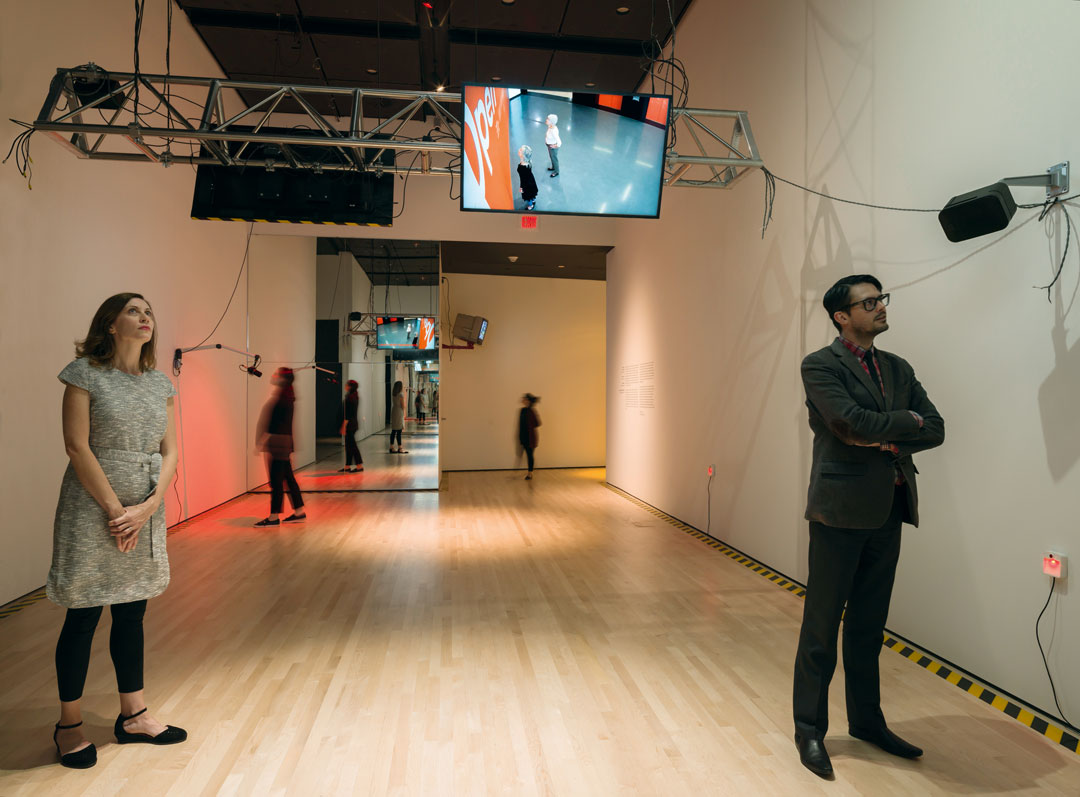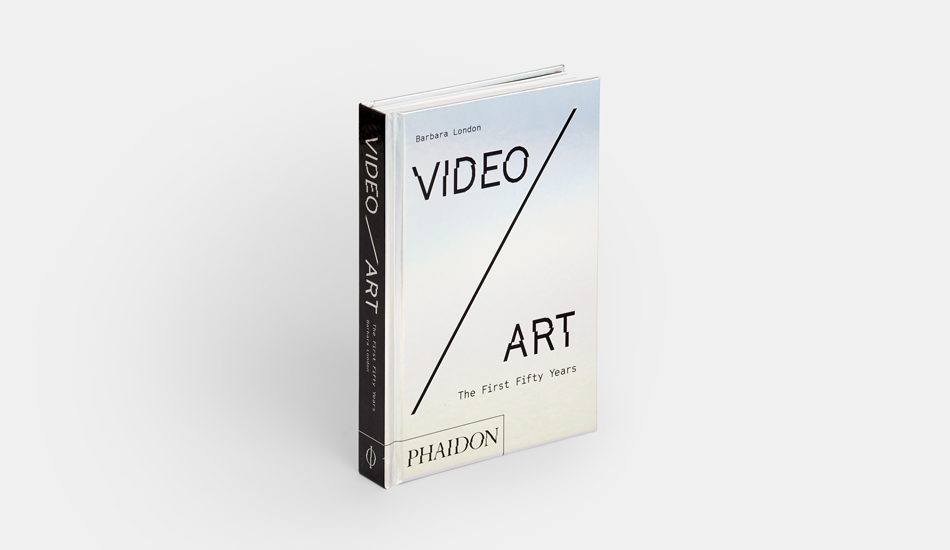
Do you know about Julia Scher, the original surveillance artist?
Barbara London, the founding curator of MoMA’s video art program, recalls the artist who predicted digital coercion
The fears around digital surveillance feel like a recent concern, but, as Barbara London, MoMA’s founding curator video art, points out in her new book, Video/Art: The First Fifty Years, that particular artistic worry is older than you might think.
“Long before Edward Snowden leaked classified documents and exposed surveillance programs run by the US government with the support of telecommunication companies, artists had been asking, how do the prying eyes of security cameras installed in banks, at bodega cash registers, and even in massage parlors affect ordinary life?” she writes. “As early as 1983, the German filmmaker Michael Klier had released his feature-length video Der Riese (The Giant), made with scenes appropriated from the in-situ surveillance cameras he called his “Giants” that were positioned around Hamburg and Berlin at airport landing strips, mansion gates, and intersections congested with rush-hour traffic.”
Klier may have been an early adopter, but over the following few years, video artists across the world engaged with this topic, as prying CCTV lenses began to saturate our public lives, aided by the rise of the internet and the world wide web.
Perhaps one of the earliest artists to truly plumb the depths of our new security set-up is Julia Scher, an American-born practitioner, London writes in her new book, “whose childhood experiences in a Los Angeles household where she ‘was always being watched but wasn’t being protected’ led to her interest in surveillance as a theme.”
Scher even formed her own a security-equipment company, London says, “called Safe and Secure Productions and supported herself by installing burglar alarms, electronic security systems, and locks in the homes of women. Alternating between her company and her installations, she began performing in the pink guard uniform she had devised for her business.”
Scher's surveillance works date back to the 1980s, but London zooms in on one particularly acute project called Predictive Engineering, an on-going work commissioned by the San Francisco Museum of Modern Art, which began in 1993.
“The surveillance-based installation incorporates recording and display devices that respond to visitor movement in the galleries and is a playful yet unsettling commentary on the ubiquity of surveillance in our daily lives,” London goes on.
In a 2015 interview, Scher said that her interest up until '92 had largely focused on works that dealt with conventional surveillance apparatus, such as monitors, guards and cages. However, after reading papers by the MIT professor Gary T Marx, she began to wonder whether predictive behaviour might be the next frontier in social control, and set up a series of simple cameras and screens to see whether she could coerce gallery goers. Visitors to SFMOMA might be shown footage of an adjoining corridor, apparently alive with nude revellers, and, duped into dashing around, would find that the TV feed wasn’t live at all, but a pre-recorded clip.
Scher has said that the piece was about "how you could predict behaviour by maybe lying to them [gallery goers] a little, or freaking them out." It debuted years before the popularizing of ‘nudge theory’ in public policy circles, and over a decade prior to Facebook’s foundation. The idea that we could controlled via a video feed would have seemed novel back in the early 1990s; today many of us take it as a simple and slightly dispiriting statement of fact.
Indeed, thanks to an ever-changing media landscape, the artist has had to update the work, not once, but twice. “Scher spent months working closely with the museum’s staff on two technically and conceptually complex upgrades, in 1998 and again in 2016,” writes London in her book. “Each of the enriched iterations is relevant to the aesthetics of the work (both past and present) and is a commendable case study of media art preservation. The carefully considered upgrade phase of a media artwork’s life is one step toward survival.” Perhaps, in ensuring its survival, Scher guards a little of our liberty too.

For more on Scher's place in video art, order a copy of Video/Art: The First Fifty Years here.